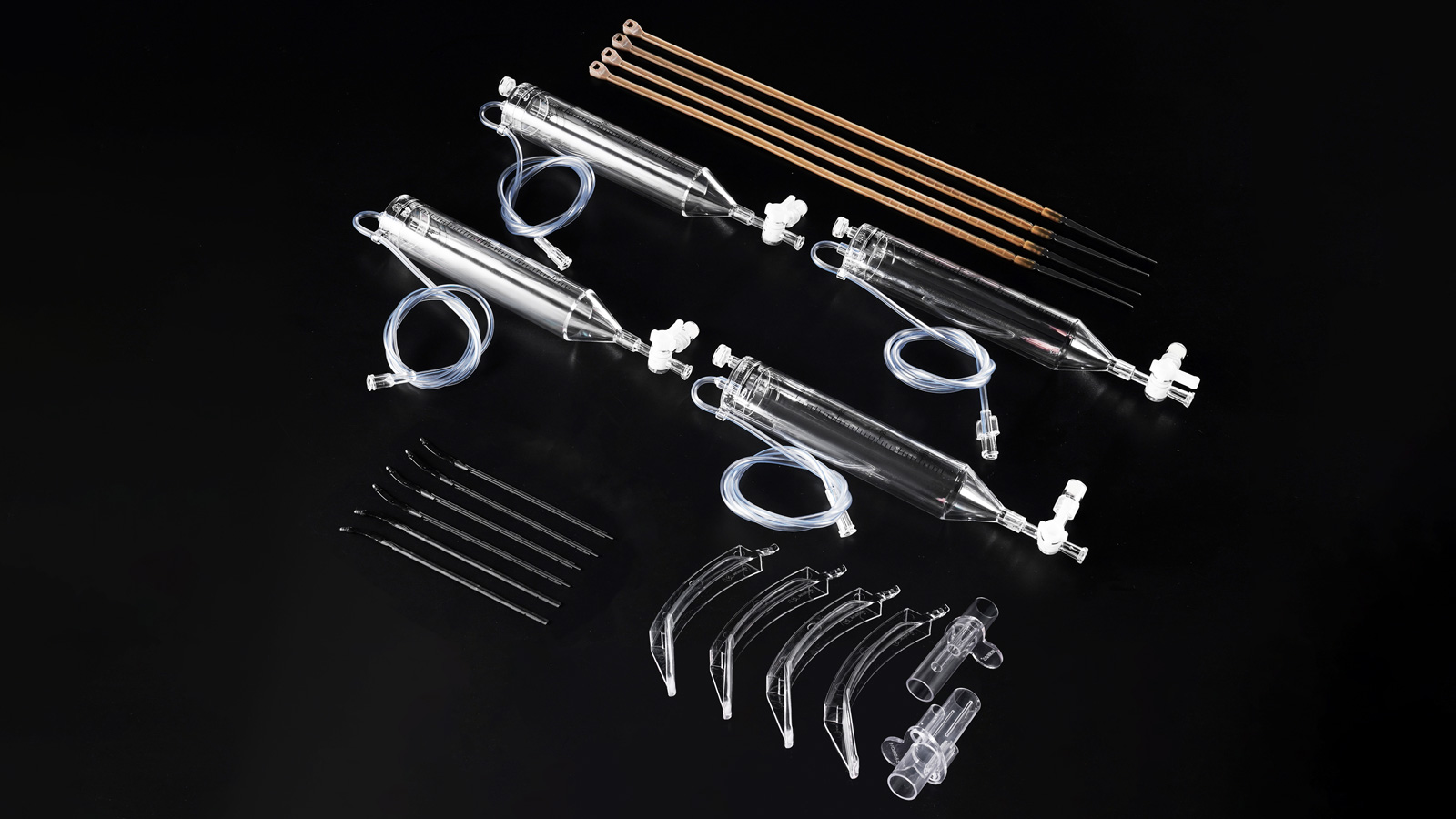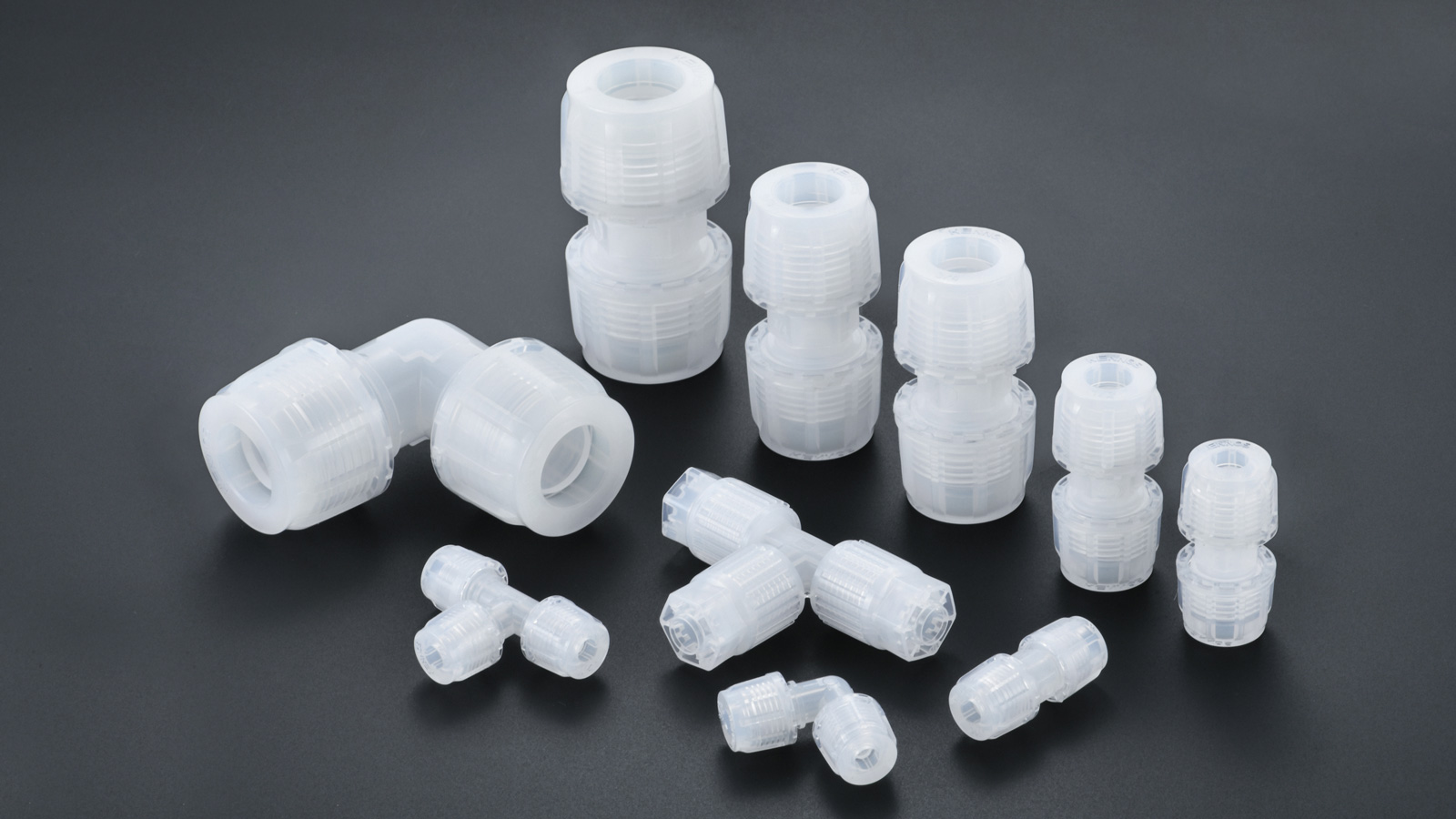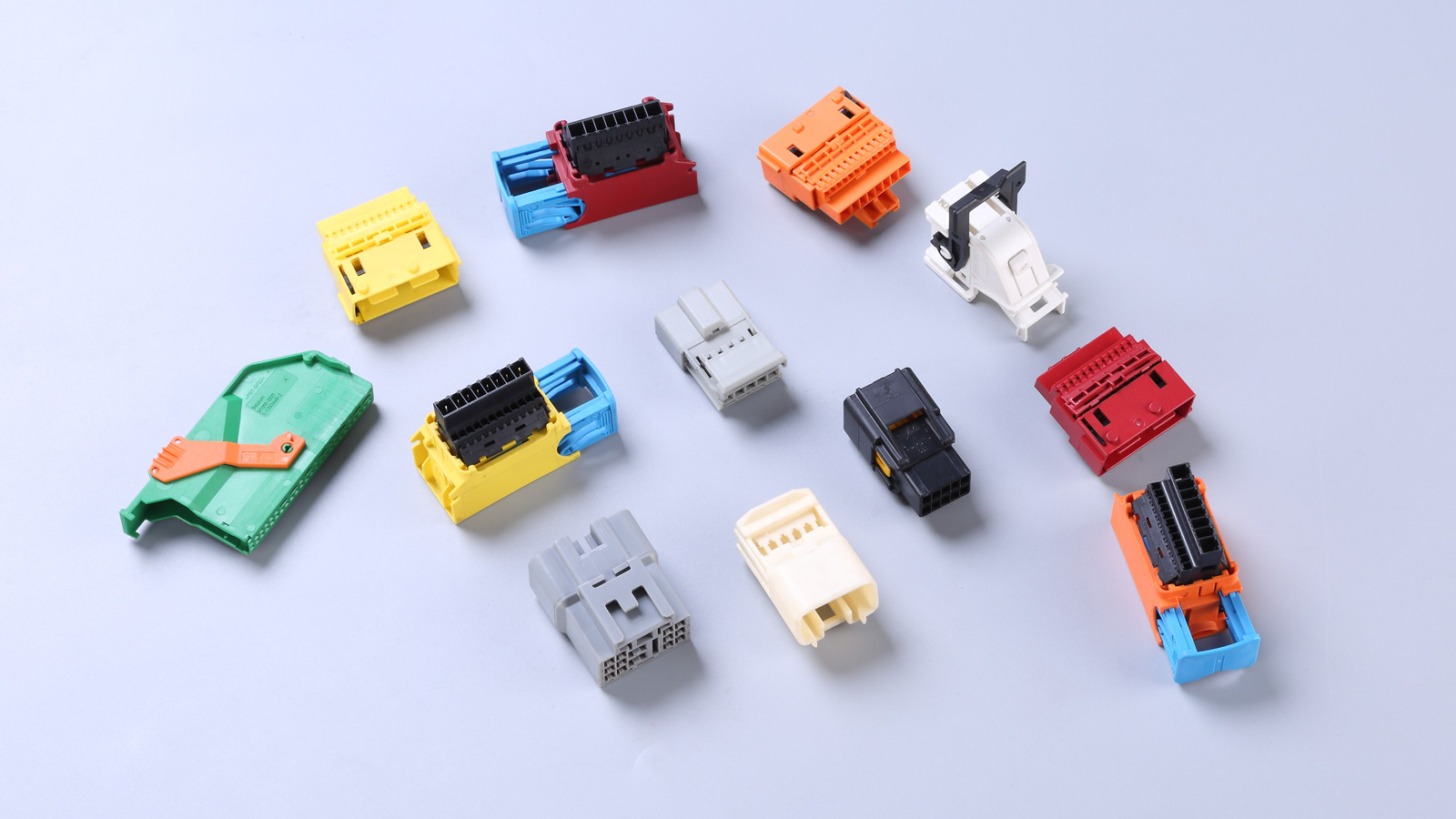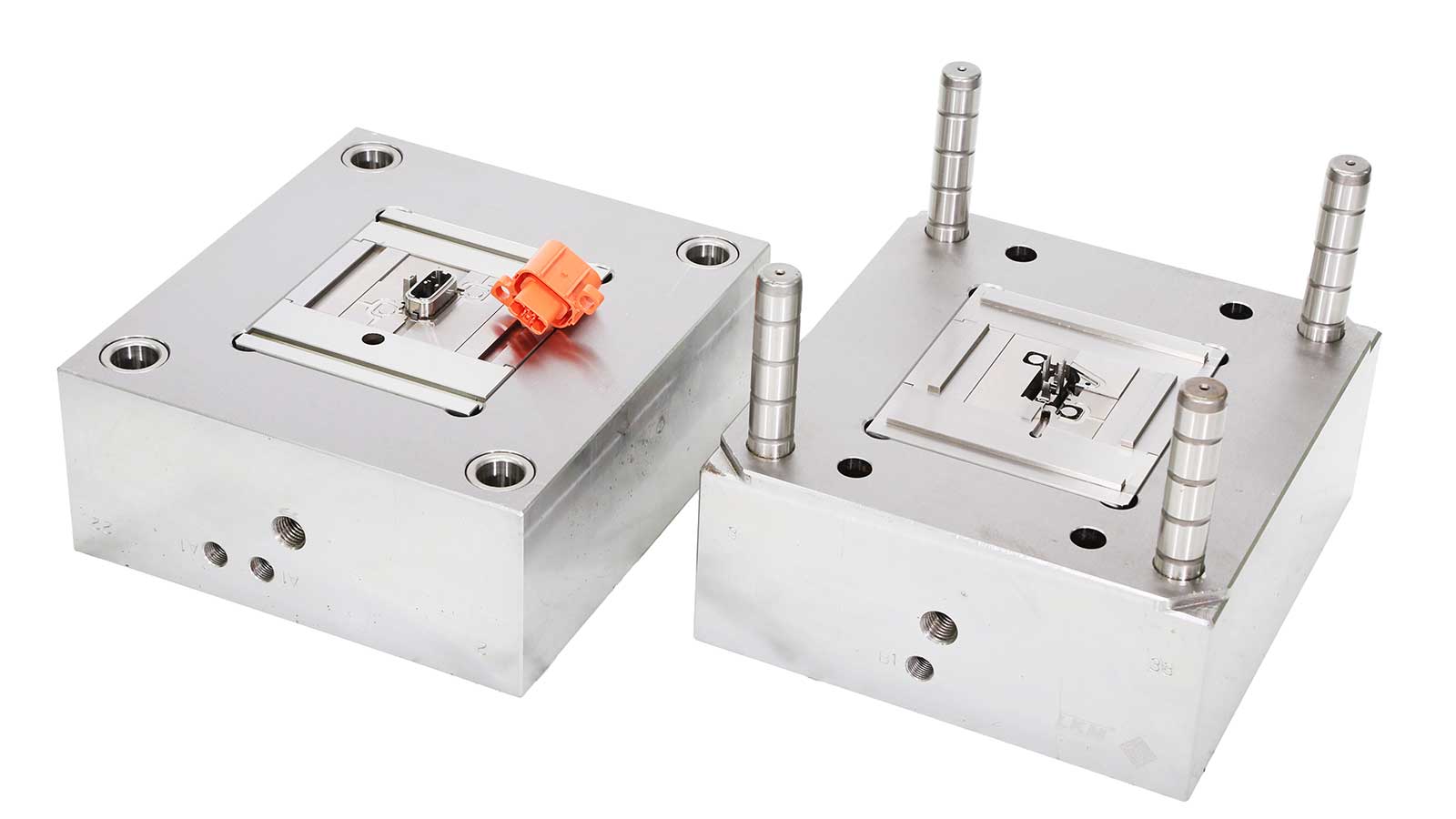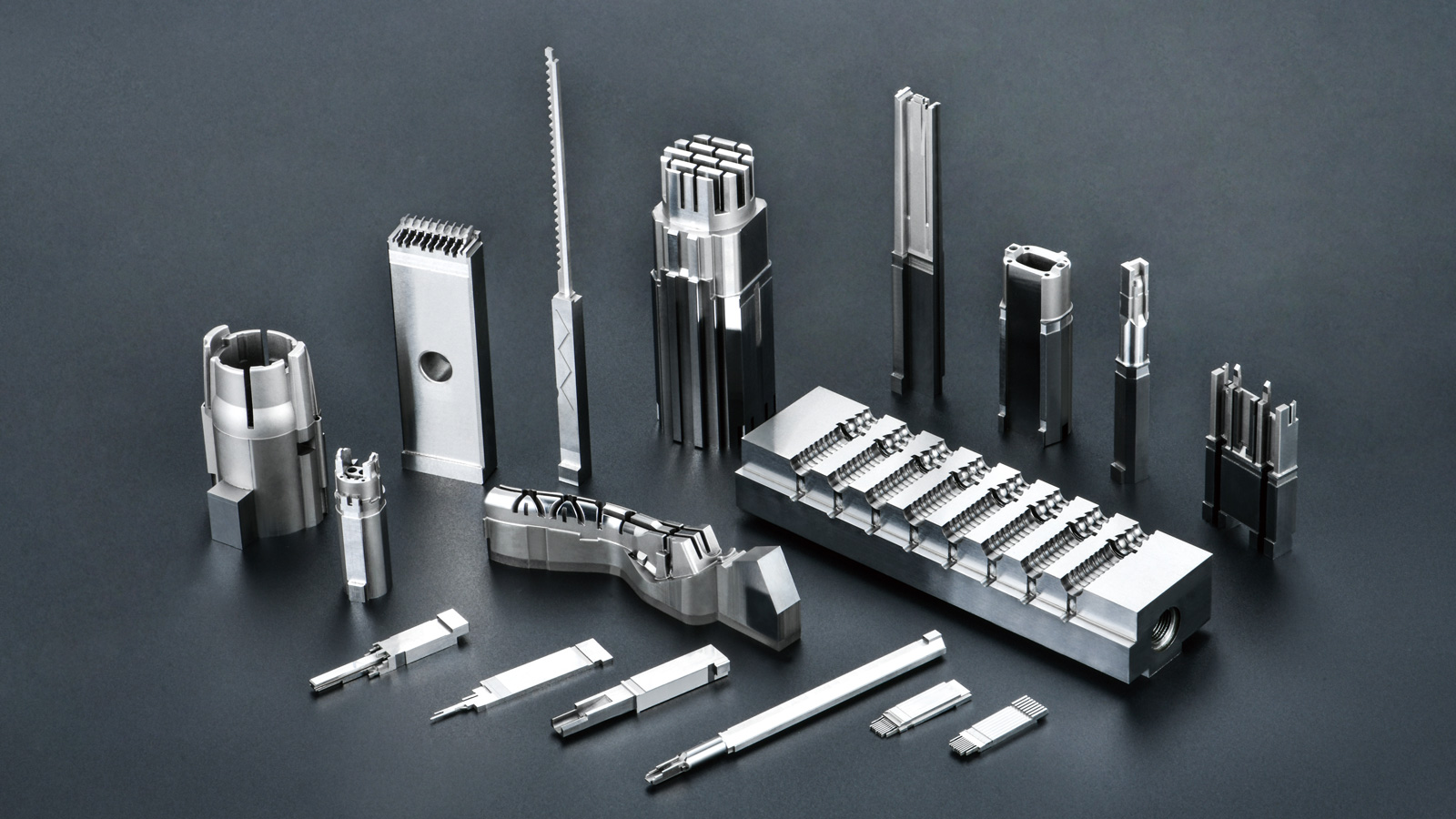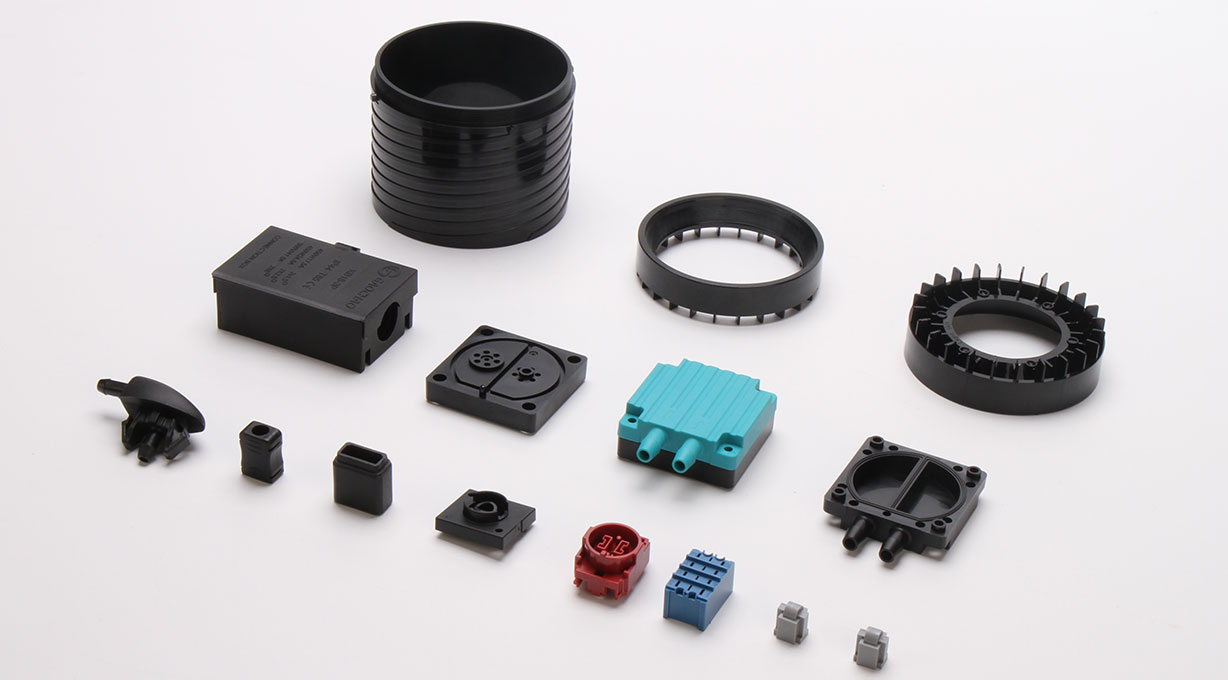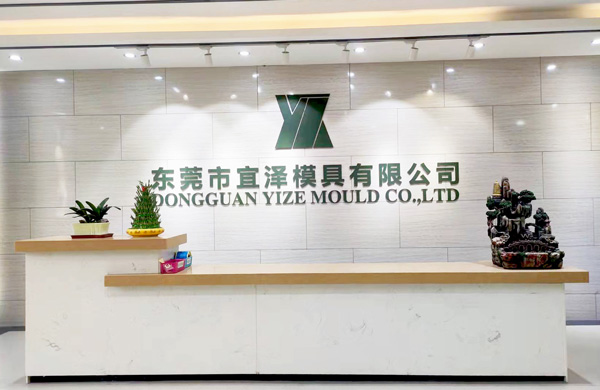In the realm of plastic molds, gates, though small, play a pivotal role. They act as the “transportation hub” within the mold, connecting the runner and the cavity, and directly impacting the appearance, dimensions, physical properties, and production efficiency of the products. Today, let’s delve into the types of gates in plastic molds as well as the considerations for gate design.
Gate Design Considerations
1. Precise Control of Gate Size to Balance Performance and Efficiency
The gate in injection molding is a small opening between the runner and the cavity. Parameters such as its position, quantity, shape, and size have a profound influence on various aspects of the product. Gate size is not arbitrarily determined; instead, it should be based on the product weight, material, and gate type. While ensuring the product’s physical properties and production efficiency, the length, depth, and width of the gate should be minimized as much as possible. This not only reduces material waste but also enhances production efficiency and can, to some extent, optimize the product’s appearance.
2. Avoiding Overly Small Gates to Prevent Molding Defects
If the gate is designed too small, a series of problems may arise during the injection molding process. For instance, incomplete filling can occur, leading to material shortages in the product; obvious sink marks can appear, affecting the product’s aesthetic quality; and severe flow marks can mar the product’s overall appearance. Moreover, an overly small gate will increase the molding shrinkage rate, raising the risk of dimensional deviations in the product.
3. Being Wary of Overly Large Gates to Prevent Stress and Demolding Issues
Conversely, designing an overly large gate also brings numerous troubles. Excessive residual stress may be generated around the gate, causing the product to deform or crack during the production process, severely impacting the product’s pass rate. Furthermore, it is difficult to remove the overly large gate after molding, increasing the difficulty and cost of production operations.

Types of Gates in Plastic Molds
1. Direct Gate: Low Pressure Loss but Difficult to Remove Gate Marks
As the name suggests, a direct gate lets the molten material directly enter the plastic mold cavity through the runner. This type of gate is particularly suitable for shell/box-shaped plastic molds with a single cavity. When the runner is short, the advantages of a direct gate become apparent. It has low pressure loss, enabling the molten material to flow more smoothly into the cavity; and it facilitates exhaust, helping to reduce internal bubble defects in the product. However, it also has obvious drawbacks. After molding, the gate is difficult to remove, leaving obvious gate marks on the product and affecting its appearance quality.
2. Fan Gate: Reducing Flow Marks and Stress, Suitable for Slender and Thin Products
The shape of a fan gate is unique, gradually enlarging from the runner to the cavity in a fan-like distribution. This design is highly suitable for slender or flat and thin products. It can effectively reduce flow marks and directional stress, resulting in a smoother and more even product surface. The angle of the fan shape needs to be determined according to the product shape, and the cross-sectional area of the gate must be smaller than that of the runner to ensure the normal flow of the molten material.
3. Pin Gate: Automatically Demolds with Small Marks but at Risk of Pressure Loss
A pin gate has a very small cross-sectional area, similar to that of a pin. It is typically used for plastic materials with excellent flowability. Generally, the length of the gate is not greater than its diameter and is widely used in the production of covers, shells, and large-area products. The advantages of a pin gate are evident. It automatically detaches from the molded part, and the gate mark is very small, hardly affecting the product’s appearance. However, it also has disadvantages. A small gate may lead to pressure loss and cause some injection molding defects during the production process, such as flow marks, burn marks, and black spots.
4. Side Gate: Flexible Positioning, Adjustable Shear and Solidification
A side gate is usually located on one side of the product and is generally designed on the parting surface. The plastic melt can fill the mold cavity from the inside or outside, and its cross-section is mostly rectangular. A notable advantage of a side gate is that the shear rate of the melt and the solidification time of the gate can be adjusted by changing the width and thickness of the gate. This allows for flexible adjustment of gate parameters according to different product and material characteristics to achieve the best production results.
In conclusion, in plastic mold design, the design and selection of gates are of utmost importance. Only by fully understanding the characteristics of various gate types and the considerations for gate design can high-quality plastic molds be designed and products that meet requirements be produced. I hope today’s sharing will be helpful to everyone!
